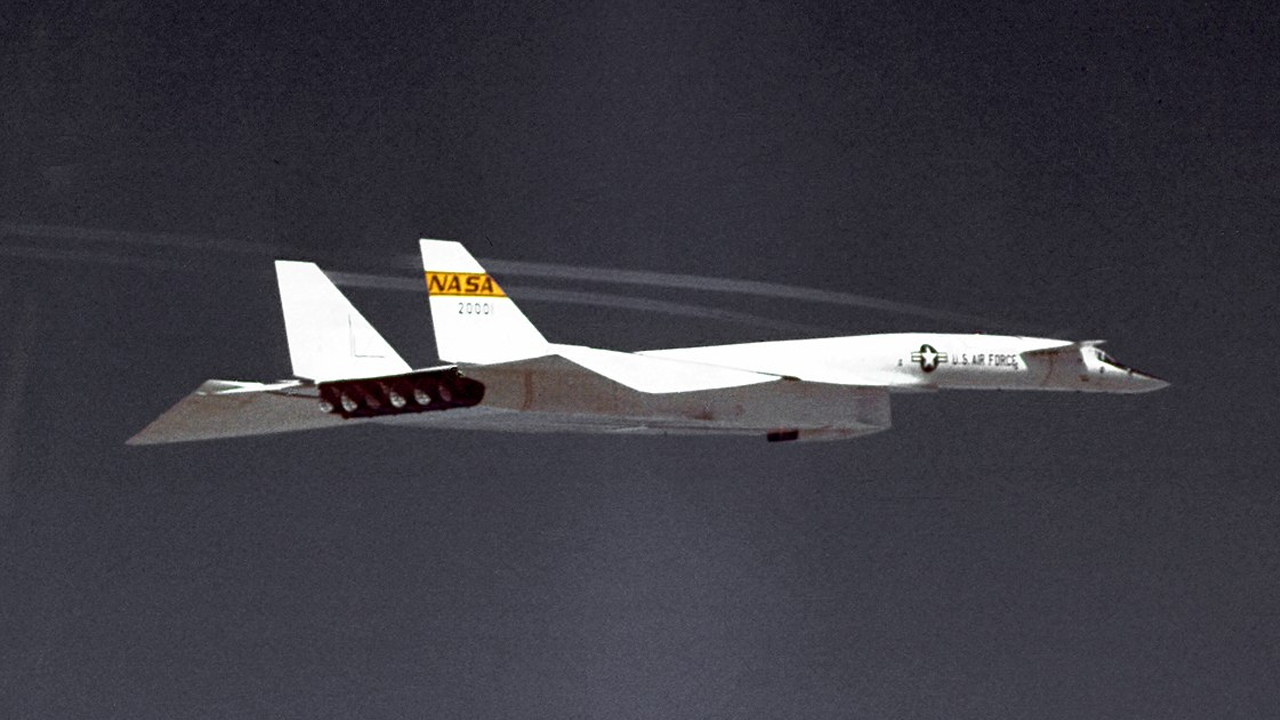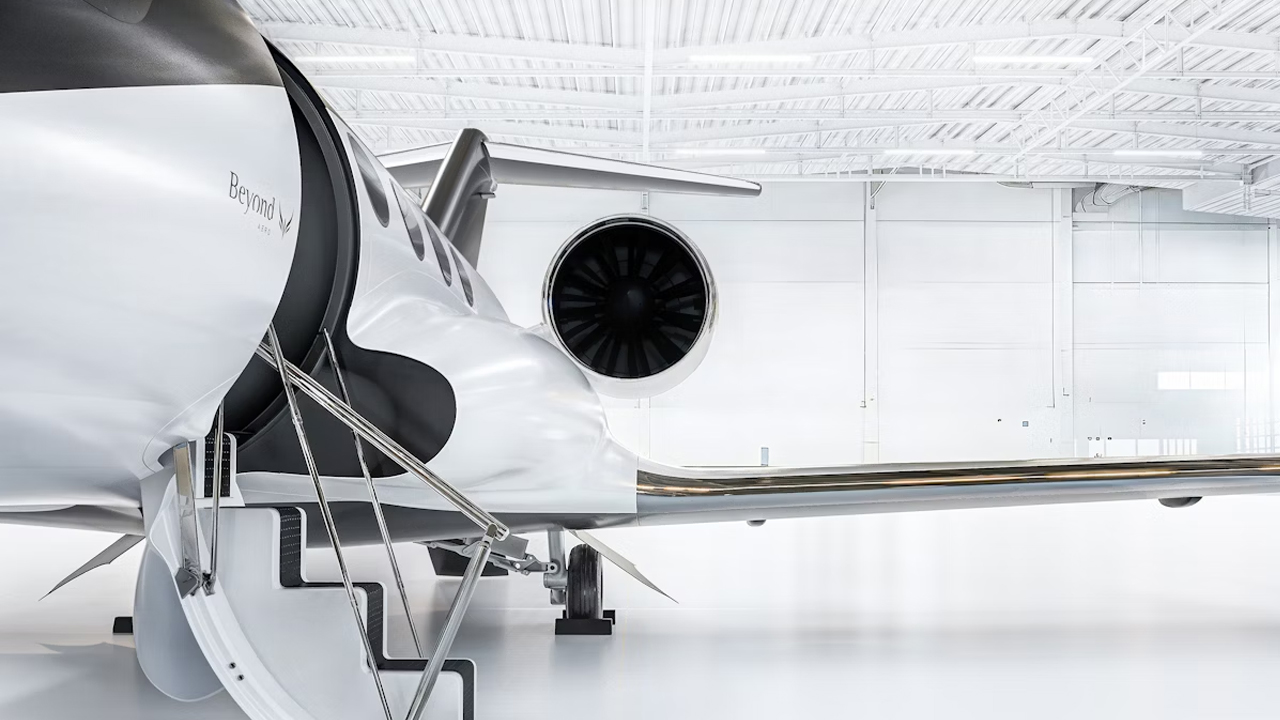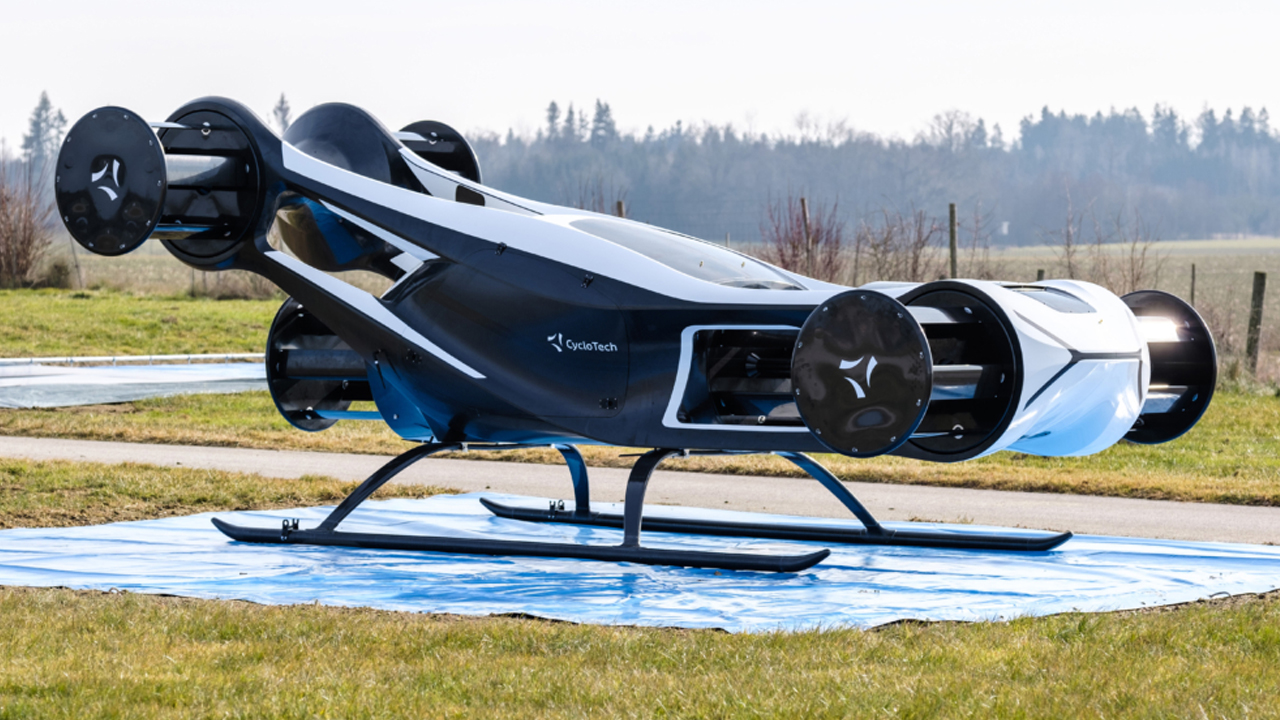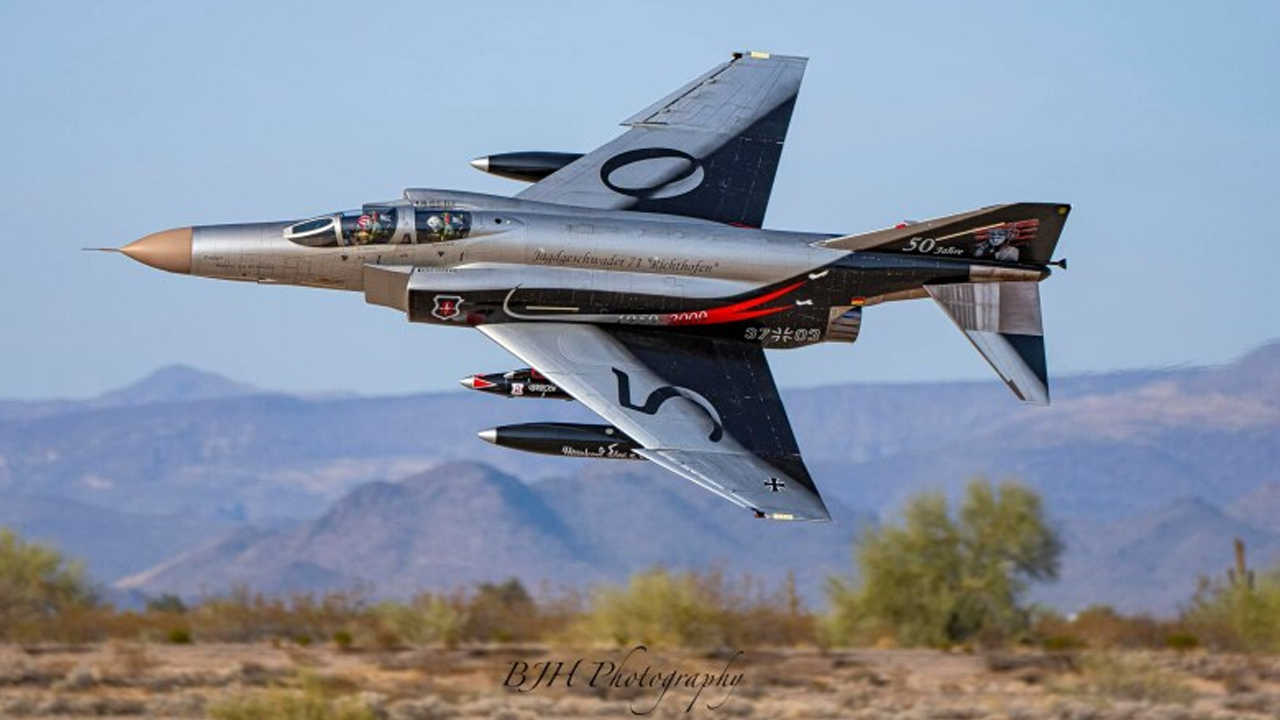In the late 1950s, the U.S. Air Force set out to build a bomber that could simply outrun trouble. What they got was the North American XB-70 Valkyrie, a six-engine beast capable of cruising above 70,000 feet at over Mach 3. That kind of speed was meant to keep it safe from enemy fighters—but it also pushed technology to its limits. NASA called the Valkyrie one of the most ambitious experimental aircraft of its time.
Design and Capabilities

To survive at such extreme speeds, the Valkyrie was built with advanced materials like stainless steel honeycomb panels and titanium skin. It also featured forward canards for better control and unique folding wingtips that added stability at high speed. The National Museum of the U.S. Air Force notes that the design wasn’t just radical—it helped shape the science behind future high-speed flight.
Operational Challenges and Cancellation
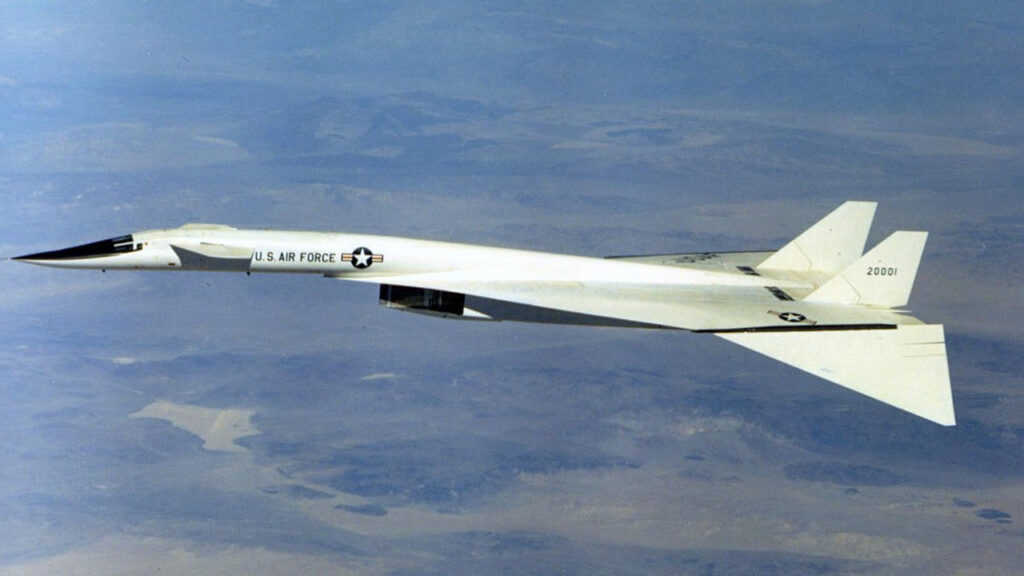
Despite how fast and sleek it was, the Valkyrie arrived at the wrong time. Soviet surface-to-air missiles were becoming more advanced, making high-altitude bombers less safe than planners had hoped. At the same time, intercontinental ballistic missiles made strategic bombers look outdated. Combined with its sky-high costs, the B-70 program was shut down in 1961—just two prototypes were ever built.
Test Flights and Tragic Loss
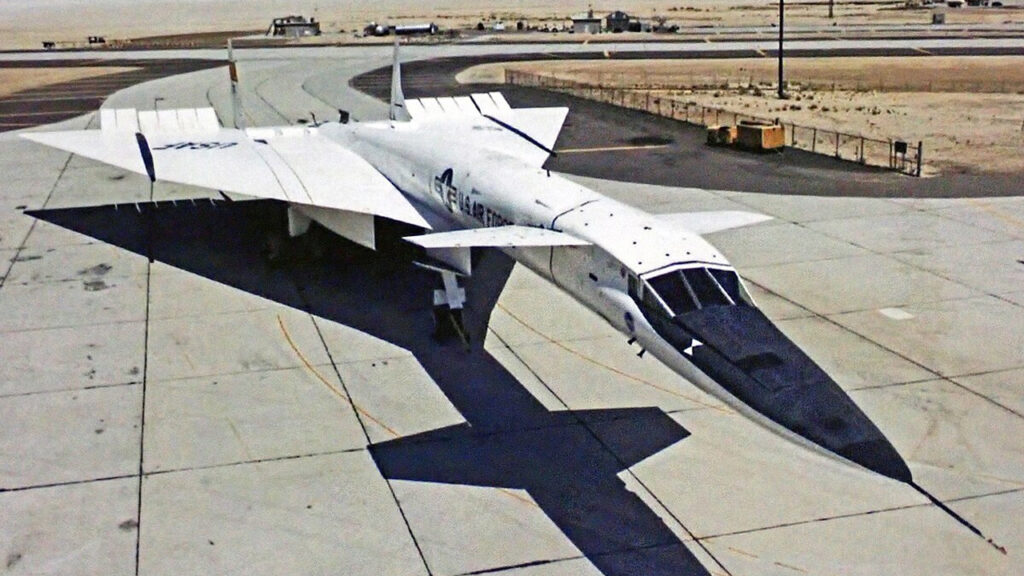
One of those prototypes was lost in a tragic mid-air collision in 1966. During a photo op flight, the XB-70 clipped an F-104 Starfighter flying alongside it, killing two pilots and destroying the aircraft. According to Air Force Materiel Command, it was one of the most devastating incidents in the history of flight testing.
Legacy and Impact
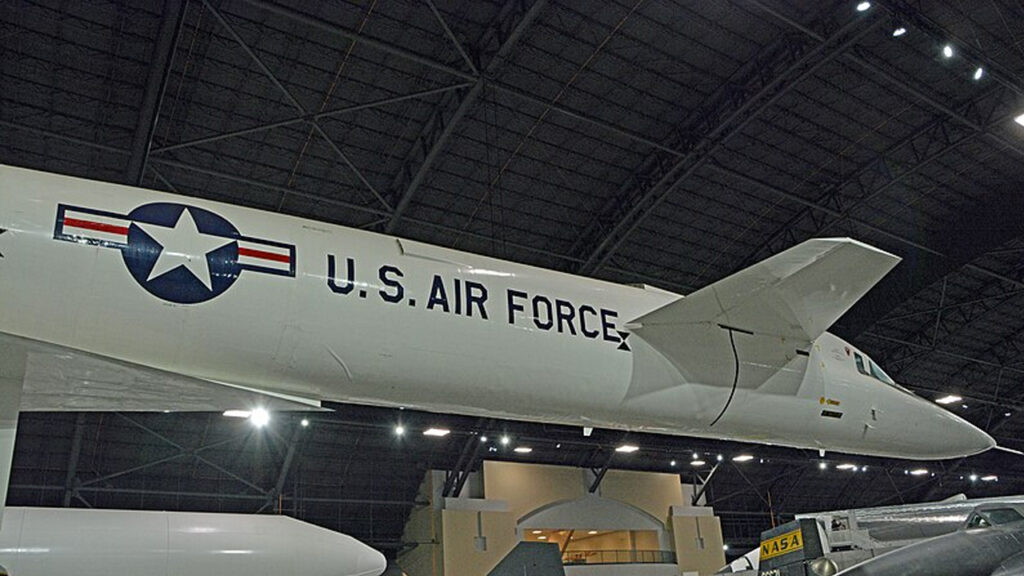
Even though it never saw service, the Valkyrie wasn’t a waste. The data it collected shaped everything from supersonic aerodynamics to heat-resistant materials and jet engine performance. The only surviving XB-70 still turns heads at the National Museum of the U.S. Air Force in Dayton, Ohio—a reminder of just how far engineers were willing to go for speed.


